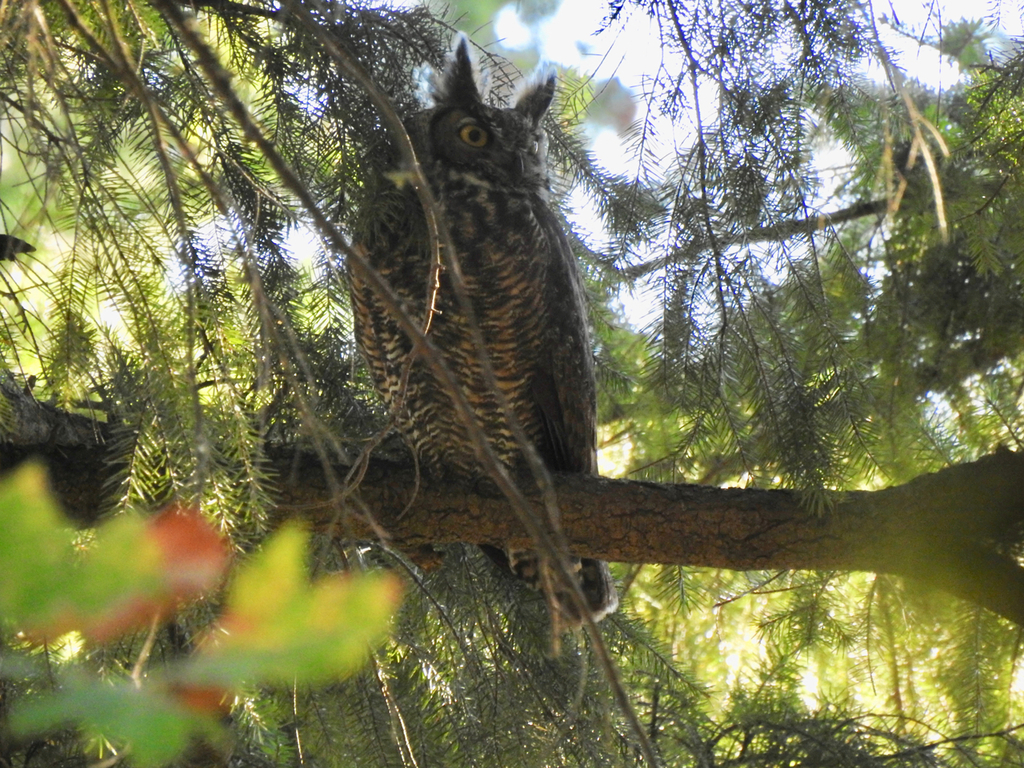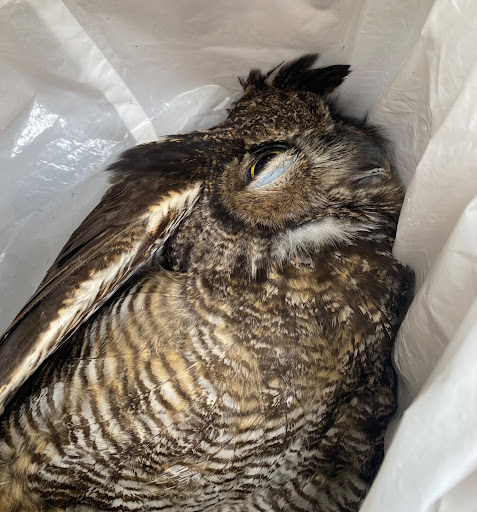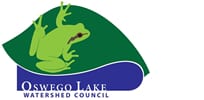Please Help Prevent These Wildlife Tragedies
By Mike Buck, OLWC Board Member
On May 8, 2022, my alarmed and caring neighbors found this deceased great horned owl near their chicken coop. No apparent external sign of trauma was apparent on this beautiful bird. I offered to make contact with Audubon and Oregon Department of Fish and Wildlife. The personal contacts at these wildlife resources were very helpful for providing direction in terms of determining how this mature owl died. We neighbors live adjacent to Iron Mountain Park which is a valued ecological habitat. We feel personal responsibility to maintain health and safety for all who live and visit here.
On May 10, 2022, I drove the frozen carcass of this owl to the ODFW lab in Corvallis and met with the Veterinarian Technician, Julia Burco. She explained the investigative process and said she would send me the details of the general toxicology report.
I received the detailed analysis on June 6th–delayed since organ tissues, like liver, had to be sent for further toxicology to identify chemicals. This tragic death was caused by the owl doing its normal predatory behavior and having consumed a rodent that had ingested a “second generation anticoagulant rodenticide” (SGARs). The toxic compounds were Brodifacoum and Bromadiolone. An Australian wildlife rescue service,WIRES, has this explanation of the toxic effects of this commercially utilized rodenticide:
An animal has to eat a first generation rodenticide (e.g. warfarin, pindone, chlorophaninone, diphacinone) more than once in order to obtain a lethal dose. For this reason, second generation rodenticides (e.g. difenacoum, brodifacoum, bromadiolone and difethialone) are the most commonly used rodenticides, due to their high lethality. Second generation rodenticides only require a single dose to be consumed in order to be lethal, yet kill the animal slowly, meaning the animal keeps coming back. This results in the animal consuming many times more poison than a single lethal dose over the multiple days it takes them to die, during which time they are easy but lethal prey to predators. This is why second generation poisons tend to be much more acutely toxic to non-target wildlife, as they are much more likely to bioaccumulate and biomagnify, and clear very slowly from the body.


The Encyclopedia of Toxicology (Rumbeiha & Snider) clarifies what happens to an animal’s system: Animals poisoned by the anticoagulant rodenticides are generally weak, have swollen joints because of bleeding into the joint cavities, may hemorrhage from the nostrils and lungs, and may pass blood-stained feces.
Our resident owl died from being poisoned. Its body and immune system were seriously compromised so it suffered hemorrhaging in the lungs and had come down with pneumonia symptoms as well as parasites.
If your residence, institution, or business uses these pesticides, please find other less impactful ways to control rodents. We need to remember we are part of a bigger system than just removing one “pest”. When we kill owls and other raptors we are removing one of our most effective natural pest controls.
Oregon Department of Fish and Wildlife have these recommendations:
While the Environment Protection Agency is working to ensure safer pesticide products to control rodents and reduce risks to children, pets and wildlife, one of the best things people can do is to prevent potential rodent problems in the first place.
- Block entry by mice, rats and squirrels into your home, basement or building by sealing holes.
- Reduce potential food sources and nesting areas in and near buildings, including seeds around bird feeders.
- Use mechanical rat and mouse traps for rodent control—this is the most humane method.
- Employ a licensed wildlife control operator or licensed pesticide applicator.
- If you must use rodenticide baits, use them according to manufacturer label directions and current EPA safety standards.
Thank you for your responsiveness and engagement,
Michael Buck, OLWC Board Member
